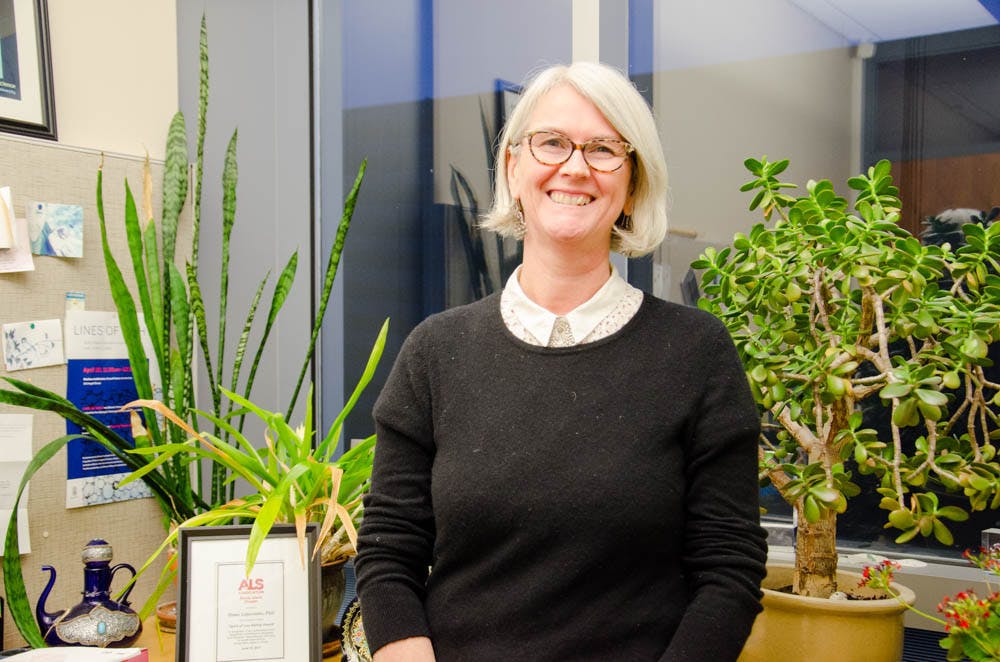Diane Lipscombe, director of the Brown Institute for Brain Science and professor of neuroscience, will begin her term as president of the Society for Neuroscience in November 2018. She will succeed Richard Huganir, who has served as president since November 2017.
The Society for Neuroscience has nearly 38,000 members from 90 countries. The group primarily aims to advance discoveries in neuroscience that benefit society, Lipscombe said, adding that the other goals of the organization are to “understand the value of basic research, translational research and clinical research (while continuing) to bring young scientists into the field.” As president, Lipscombe will advocate for scientific funding and organize the society’s annual meeting for over 30,000 people, among other responsibilities.
Lipscombe began studying biology after high school when she started working as a technician for a pharmaceutical company under the mentorship of Sir James Black, who would later go on to win the Nobel Prize in Medicine. The first person in her immediate family to attend college, Lipscombe now runs a major institute at the University that focuses on “advancing discoveries in brain science and engaging the community at Brown.” The institute recently organized a project focusing on gene suppressors in Lou Gehrig’s disease. It also houses the BrainGate group, which seeks to assist human-computer interaction.
Chris Moore, associate director of BIBS and professor of neuroscience lauded Lipscombe’s work in her current position. “She was really crucial in taking our (neuroscience) graduate program to the next level, and that only happens when people truly care deeply about educating students but also about them (personally).”
Lipscombe has served on volunteer committees within the Society for Neuroscience and has worked with the group to create its open-access scientific journal, eNeuro. As president-elect, she serves on the group’s executive committee alongside current president Huganir and former president Eric Nestler.
Moore thinks that Lipscombe will do well in her new position, adding that she can both navigate the political scene in Washington and lead those within the organization with ease.
Kristin Webster PhD’15, a former graduate student in Lipscombe’s lab, said that Lipscombe will be a “fantastic president,” adding that “she’s always been a strong advocate for women in science, … underrepresented populations and … more scientific funding.”
Juggling these two demanding executive positions will be manageable with the help of “incredible” faculty around her, Lipscombe said. “I see these two positions as being incredibly synergistic. … Much of what I do here at Brown is very similar to the activities (at the Society for Neuroscience) with a different subset of people.”

ADVERTISEMENT




